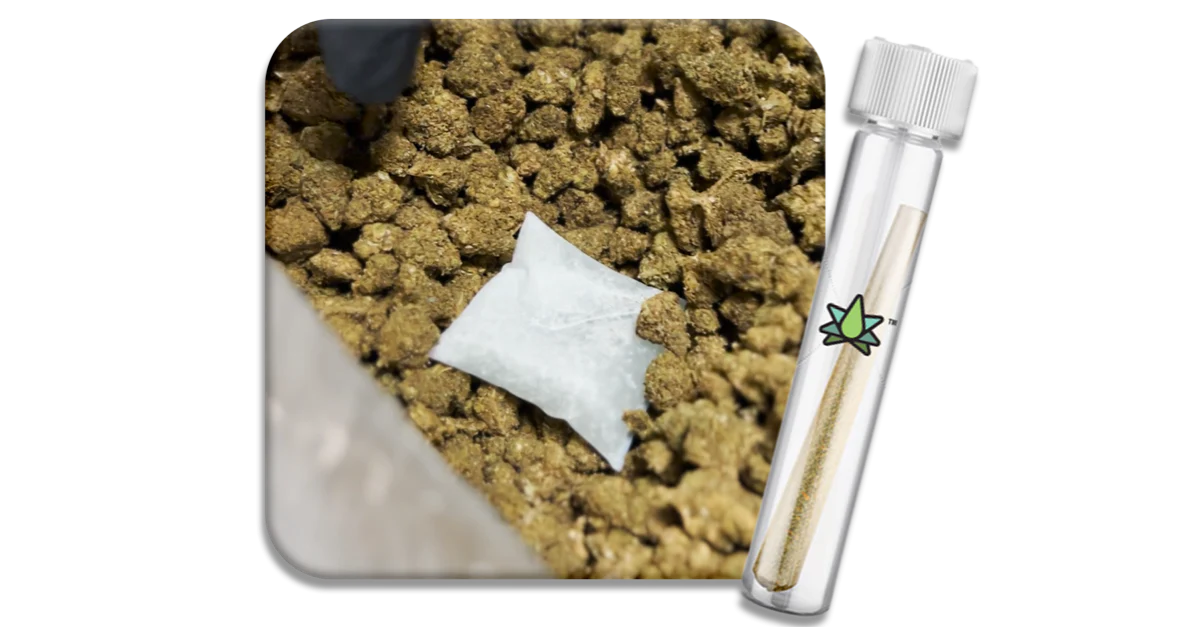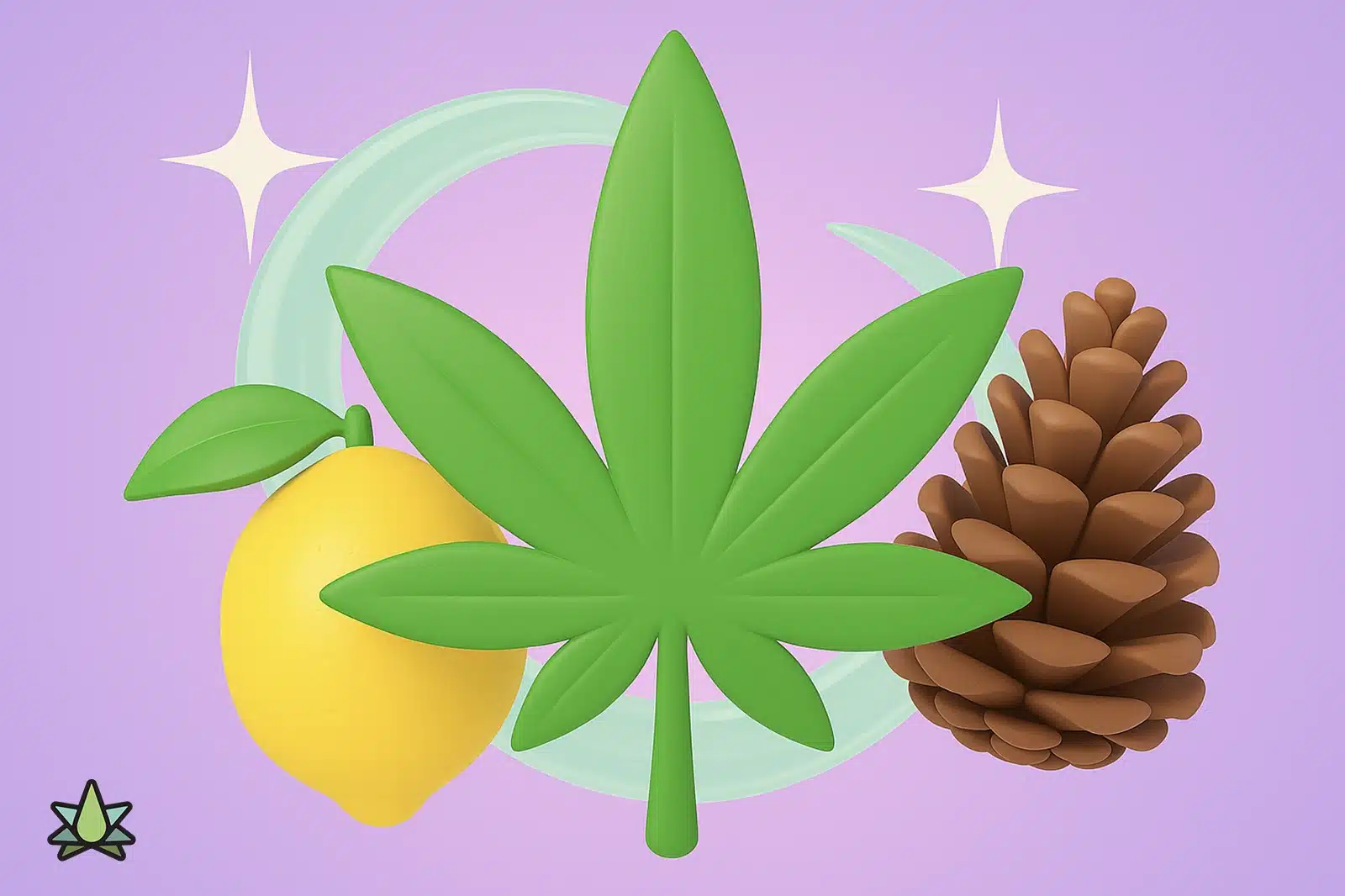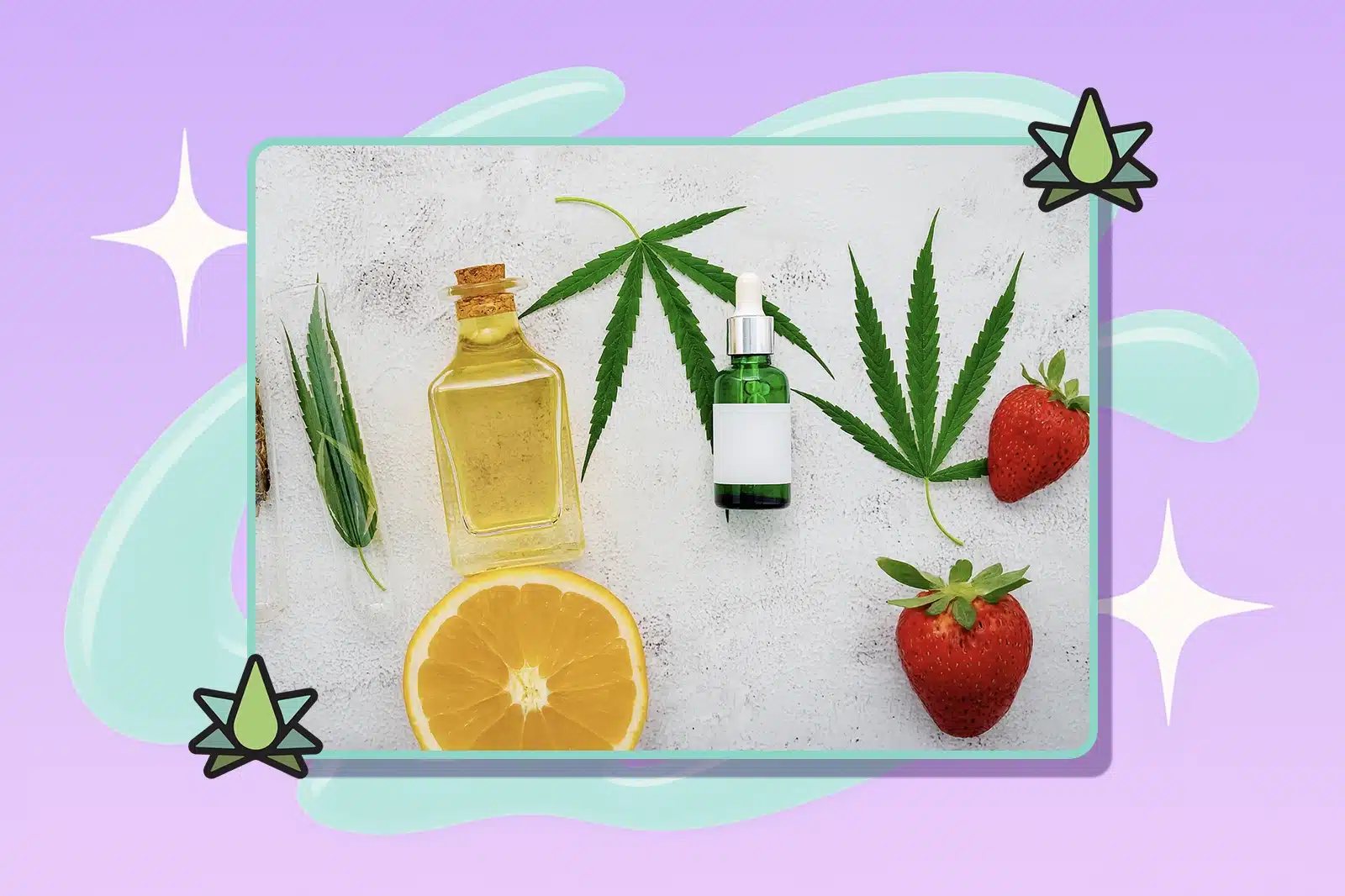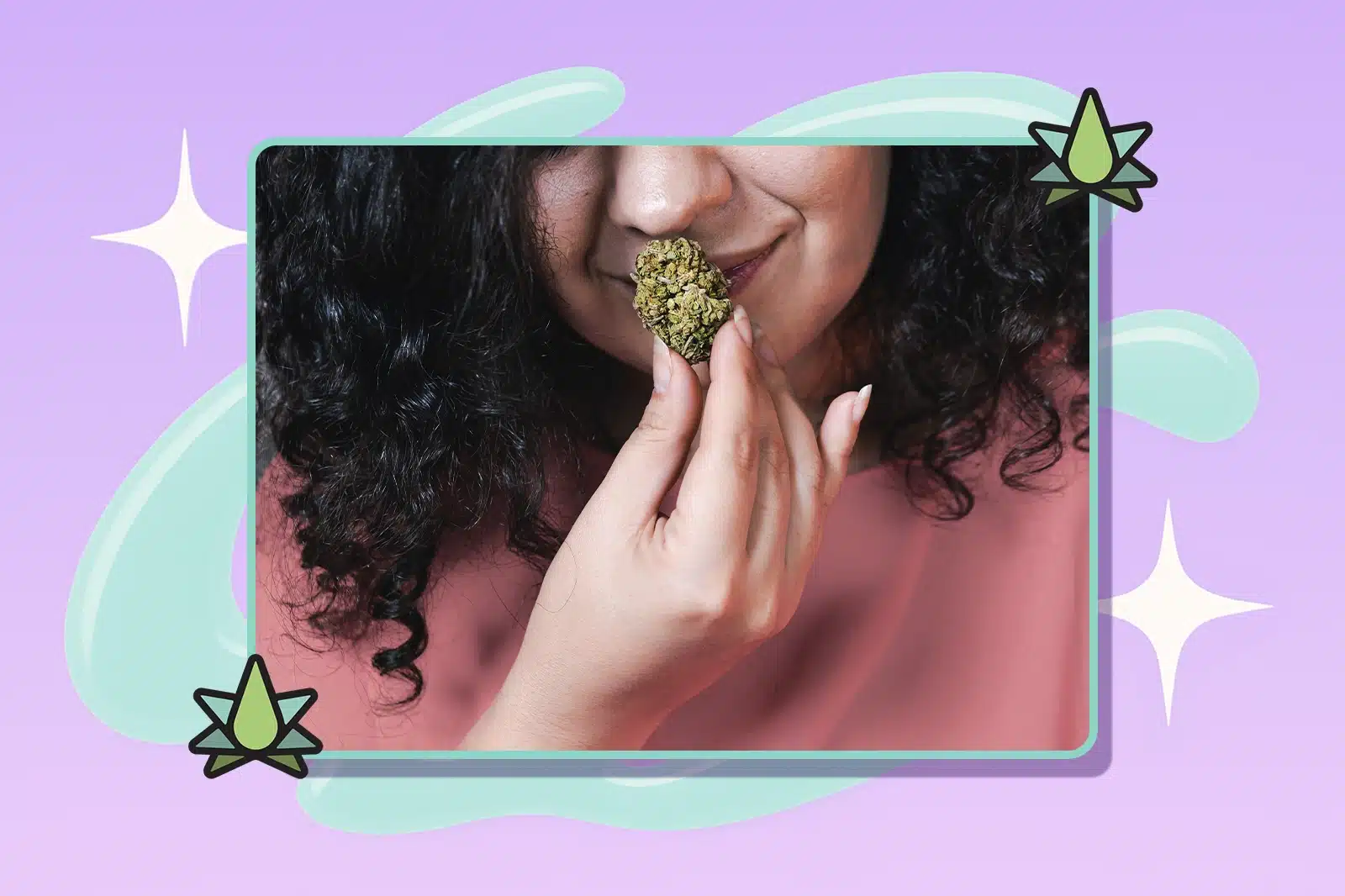Flower is the medicine. ‘Complete cannabis’ has been and always will be the most effective way to consume. The process of taking whole flower, bursting its trichomes and filling your mind, body and soul with its seductive aroma will not be replaced anytime soon, especially for the legacy consumers. It is a time-honored ceremony, steeped in ritual and culture but as the cannabis industry evolves, so do the consumers and the ways they consume.
The legacy of the joint
Rolled cannabis joints have had a long reign as the primary mode of consumption globally. With every generation, we add to the breadth of joint rolling lore. The composition of rolled cannabis varies by region with pure cannabis historically dominating the US landscape with glass, papers, cigars, and tobacco leaves cast in supporting roles. European consumers have been known to blend cannabis with tobacco and an even broader segment of consumers have been infusing traditional hashish into their roll. There is no replacement for combustion of cannabis as it is the truest expression of the plant in all its glory.
This passion and the attachment to this ritual caused many legacy consumers to cast a dark shadow over the proto pre-roll products found in medical marijuana dispensaries. Trim or leftover crumbs that had past their prime were being rolled by employees using manual shaker boxes and offered as an impulse buy at the counter. There was no branding, no packaging, no consistency, and most of the time no specificity as to what was in the pre-roll. You were lucky if the dispensary owner was clever enough to make the distinction that dense ‘strains’ should be classified as indica and airy ‘strains’ classified as sativa. And in a market totally dominated by unbranded flower being sold on demand, the proto pre-roll was simply looked down upon and it stayed that way for many years until adult use found its footing. And by found its footing, I mean stepping into the proverbial dogshit of a predicament the industry finds itself in today, stinking of overleveraged capitalism with a hint of desperation.
The rise of pre-rolls

Enough with anecdotes, it is 2023 and the inhalable segment makes up nearly all cannabis retail revenues. Within inhalable, convenience is winning, period full stop. Every year since sales data has been tracked, vape has been growing its share of the inhalable category. The more recent trend, and the focus of this paper, is the rise of pre-roll within the combustible category.
Retail sales data across the country almost unanimously shows that pre-rolls are the go to form factor for new customers who prefer combustible products. Despite the stigma of yesteryear cast on the category and the continued perception of legacy operators in the space, pre-rolls are on their way to becoming a (if not the) top category in cannabis. Look no further than Jeeter and their meteoric rise to validate that a (once) focused pre-roll brand can absolutely dominate in the most challenging market.
This level of interest into the category did not come from withered ½ gram loosies in a kief coated tupperware. It came from innovative companies rapidly iterating form factors and product formulations which have landed us in the current category architecture.
Size matters
It is common to find individual pre-rolls ranging in size from ¼ gram to 1 gram and packs containing ½ gram all the way up to an ounce. Size is the easiest means that a brand can convey value and speak to the price conscious shopper which is a growing segment of the consumer base in the post-stimulus world. The economics at the counter have been a major contributor to growth but not the only one.
Poor quality doesn’t win
Infusion of flavor and potency have lit the category up like never before. “Why would you need to add anything to cannabis flower?” one may ask. And the answer is you don’t. Nothing needs to be added to high quality cannabis that is in its prime consumption window (could be months even years for the initiated connoisseur). But unfortunately, that’s not what is waiting for you in pre-roll products at your local dispensary.
The material used to produce pre-rolls is a byproduct of the process that segregates mouth watering fresh top shelf A-buds at the expense of everything else. If the flower cant be sold as packaged premium flower, it’s then marketed under a different brand as value flower, and if that doesn’t work it is marketed as smalls. If the material cannot be sold under plan A, B, or C, it is destined to be salvaged as pre-rolls. Vertically integrated operations are just known for dumping sub par material into pre-rolls. “The bud is too small”, “put it in the pre-rolls”. “The bud has no nose”, “put it in the pre-rolls”. “The bud is too dry”, “put it in the pre-rolls”. “The bud doesn’t test high enough”, “put it in the pre-rolls”. We could go indefinitely as to how or why flower material is diverted away from being sold as whole flower. Once designated as pre-roll material, the care by which the material is handled falls off rapidly. Ohhhhhh the buds have seen better days.
Equipment is evolving
Storage and material handling are not the only areas in need of attention, the filling equipment has mechanized the manual process of stuffing a cone. This approach requires material to be much drier than you would find a primo whole flower bud. Fortunately, equipment is being developed that wraps and compresses the material in realtime using radial compaction that can be adjusted based on the density of starting material. This rolled, not stuffed style solution would improve draw and reduce harshness by allowing the moisture content to increase to 10-12% without causing mechanical failures. In the absence of real scale, investments toward innovating have been sparse. This trend is not unique to filling equipment for pre-rolls, it is a common theme across the supply chain caused by the prohibition on interstate commerce (sigh). But all is not lost! Quite the opposite.
The cannabis industry has drawn interest from companies providing humidity controls like Boveda and Integra. The industry has learned to use the raw materials we have at our disposal in increasingly innovative ways, targeting not only cannabinoid infusion but flavor infusion as well. This modern approach to building pre-rolls has effectively turned the starting material into a canvas with the tools you need to add what any material lacks. The weapons in the toolbelt of today’s production manager would give Batman a run for his money.
High THC content ≠ happy customers
If you are reading this, you probably have already conquered THC mountain and can produce pre-rolls with any cannabinoid target in mind. In the process of producing pre-rolls across the THC stratosphere, you, like me, have discovered that cranking THC through the roof doesn’t result in increasingly happy consumers over time. To create experiences that resonate with consumers, you need to have terpenes and THC in balance. Low THC and high terpene smoke is some of the best I’ve ever had and the same cannot be said about the inverse. Based on the number of times I’ve heard the phrase “Jeeter-killer”, there is a stampede running towards flavor infusion into pre-rolls. The consumers want more flavorful experiences, and they are voting with their dollars. This simple concept is something that nearly 100% of smokers can agree on. That’s about where the consensus ends and three camps in flavoring emerge. The natural native camp (100% cannabis sativa l), the botanical (existing in cannabis but sourced elsewhere), and the synthetic (anything goes) camp.
Today’s enhancement methods
Let’s cover some of the pre-rolls enhancement methods most commonly used today:
- Refined THC (Sin Terps): The easiest method to increase THC content is to incorporate THCa into the ground flower before filling. There is no easier way to increase potency but your local market may not have an abundance of terpene-free THCa. THC distillate, which is more readily available, can also be incorporated into the flower but the tack and viscosity present a myriad of challenges. Companies that have developed wet infusion tech have dominated the category but many are unhappy with their existing solution so it remains a sticky subject.
- Unrefined THC (Con Terps): If premium product positioning is what you are after and cost is no concern, incorporating modern hash or dry sift will introduce a complete cannabis extract into the mix and generally wow the consumers (if they can afford it). You will gain THC content and along with it the native cannabis terpenes that result in the synergistic effect we attribute to flower. Live Resin, or HTE, can be incorporated into material prior to filling if you are able to overcome the wet infusion challenges. With either of these infusion methods, the batch to batch variance of even the same ‘strain’ extract will swing wildly and the result of targeting a THC content results in under or over infusion of the native terpenes. There is an art of pairing terpene profiles of the starting material with the terpene profile of the hash, sift, or HTE. With the number of variables in play, balancing the equation and producing CPG consistency can quickly get away from you.
- External Additions: I personally feel the external use of kief is a novelty, so I won’t be spending much time on it. On the other hand, there is a groundswell of interest in THCa coated mini joints and blunts across the Country. I regularly hear about production challenges and think about the linear scaling (reads: adding hands) obstacles facing companies with increasingly complex SOPs. KISS.
✨ Introducing NEU Bag: A Fast & Simple Flower Enrichment System
As a raw material provider, we are interested in seeing cannabis products remain 100% cannabis. We believe that complete complex cannabis essential oil is not optional. We are the first company that provides native cannabis terpenes at scale and we are excited to share with you our solution for infusing our oil into your flower destined for prerolls. If you have been reading along, it should be apparent that wet infusion is a nightmare. Spraying terpenes onto whole flower, ground flower, or on the paper is just as messy as wet infusing HTE or Distillate.
So we have developed a solution that takes the guesswork out of the process and gives you the control needed to dial in terpene content and THC content independently. No more spray and pray R&D sessions. We have developed something so simple, I hope to channel the simplicity of a Ron Popeil product; “Set it and forget it.” So without further ado, we are happy to share Terpene Belt Farms Neu Bag.
The Goal
The goal of NEU Bag was to increase terpene content in flower material without the need for specialized equipment or any equipment for that matter. We wanted to give any player a means to infuse flower without proprietary (reads: messy) technology.
NEU Bag is a reparative solution. It does not remove the need for high levels of execution in the cultivation process. There are a set of trade-offs that are to be understood and managed against.

✅ What NEU Can Do
NEU Bag is designed to do one thing and one thing only: Reintroduce cannabis terpenes into cannabis flower. It can increase terpene content in flower material to levels that mirror the highest levels found in cured flower (5%). We do not recommend over-terping flower, as too much of a good thing is generally a bad thing. High levels of oil infused into flower will result in the material feeling greasy. When a NEU bag is introduced into an environment with flower, the oil will move from the higher terpene concentration bag into the lower terpene concentration flower until an equilibrium is reached. The rate by which terpenes infuse into the flower depends on many environmental conditions. Typically we have seen substantially all of the oil move over within 48 hours. We have also observed that only a de minimis amount of terpenes is lost to the headspace or remains in the bag post infusion.
❌ What Neu Cannot Do
NEU cannot change cannabinoid content, adjust moisture, or improve discoloration. NEU is not designed to infuse terpenes into trichome heads where they originated from. The flower will absorb the terpene oil the same way a paper towel would absorb water. This means that the oil can diffuse from the flower into the atmosphere if improper conditions are present. NEU cannot overcome poor storage, material handling, or packaging decisions.
📦 Material Handling & Packaging
Once you have crafted your perfect pre-roll, you need to ensure it doesn’t suffer from the poor material handling that led to the material needing repair. The storage and packaging steps cannot be overlooked. If poor packaging is selected, the terpenes will evaporate and degrade leaving behind heavy compounds with earthy notes. If proper packaging is selected, the buyer will enjoy an experience reminiscent of cracking into a top shelf flower jar. There is a reason that cigarettes are sealed in cellophane. The diffusion rate of air and moisture of the packaging will dictate the longevity of the product once opened for the first time. Where do you draw the line? How far past the sale do you value the experience the consumer has with the product? How long will the product sit in the packaging before being sold? What are the weather conditions in the region these products will serve? What type of environmental controls exist in the supply chain? These are questions that need to be considered before slapping a masterpiece of a pre-roll into a poorly planned package and shipping it out the door.
We would love to provide our experience and insights on how to ensure the consumer has a similar experience to the one at the time of manufacture. We care deeply about consumers, especially new consumers having high quality experiences and hope our partners have the same devotion to spreading quality cannabis as we do.



